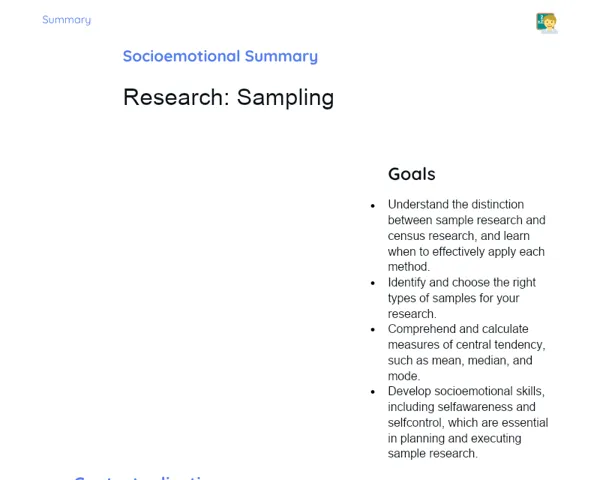Goals
1. Identify what constitutes a repeating decimal.
2. Convert a repeating decimal into a fractional form.
3. Understand that 0.999... is synonymous with 1.
Contextualization
Repeating decimals are decimals that repeatedly express one or more digits ad infinitum. These decimals frequently arise in day-to-day scenarios such as financial dealings and precise measurements. For example, when calculating the interest on a loan, we regularly encounter repeating decimals, which need a proper understanding for accurate financial calculations. Another scenario can be seen in engineering, where high precision in measurements is essential to ensure the safety and effectiveness of projects.
Subject Relevance
To Remember!
Concept of Repeating Decimal
A repeating decimal represents a decimal number with a part that infinitely recurs. For example, 0.333... is a repeating decimal where the digit 3 continuously loops. This concept is foundational in mathematics as it allows us to accurately depict certain values, even if they are infinite.
-
Simple repeating decimal: contains one digit that repeats, such as 0.666...
-
Complex repeating decimal: consists of a set of digits that repeat, like 1.272727...
-
Importance: facilitates the precise representation of certain decimal values that cannot be expressed as finite fractions.
Converting Repeating Decimal to Fraction
To transform a repeating decimal into a fraction, we employ an algebraic approach that involves crafting an equation reflecting the decimal. This strategy enables us to determine an equivalent fraction, making further calculations simpler.
-
Algebraic method: establish an equation where the decimal is denoted by a variable.
-
Subtracting equations: utilize the equation to eliminate the repeating segment and solve for the variable.
-
Example: For 0.333... = 1/3, derived from x = 0.333... and 10x = 3.333..., subtracting gives 9x = 3, thus x = 1/3.
Proof that 0.999... equals 1
The demonstration that 0.999... is equal to 1 serves as a classic instance in mathematics that reveals the equivalence of two seemingly different representations of the same number. This proof is crucial for comprehending mathematical rigor and the essence of infinite decimal numbers.
-
Algebraic method: akin to converting repeating decimals, an equation is utilized.
-
Equation: Let x = 0.999..., then 10x = 9.999..., subtracting gives 9x = 9, so x = 1.
-
Conclusion: 0.999... is an infinite decimal manifestation of the number 1.
Practical Applications
-
Financial calculations: using repeating decimals to accurately compute interest rates and amortizations.
-
Engineering: modeling physical phenomena and executing precise measurements in projects.
-
Computing and cryptography: repeating decimals are essential in algorithms requiring high precision.
Key Terms
-
Repeating Decimal: an infinite decimal number with a part that perpetually repeats.
-
Generating Fraction: a fraction that precisely represents a repeating decimal.
-
Decimal Equivalence: the notion that certain repeating decimals are equivalent to whole numbers, for example, 0.999... equating to 1.
Questions for Reflections
-
How can a deeper understanding of repeating decimals aid you in addressing financial challenges in daily life?
-
In what manners can the conversion of decimals into fractions prove beneficial in your future profession?
-
Why is the proof that 0.999... equals 1 essential for comprehending the characteristics of infinite decimal numbers?
Challenge of Converting Infinite Digits
In this mini-challenge, you will reinforce your understanding of repeating decimals by converting them into fractions practically.
Instructions
-
Select a repeating decimal from the list shared in class.
-
Utilize the algebraic method to convert the decimal into a fraction.
-
Document each step of the transformation process, clarifying the key steps taken.
-
Verify your answer by reverting the fraction back into a decimal and aligning it with the original.
-
Discuss and share your solutions with a peer or a group.


